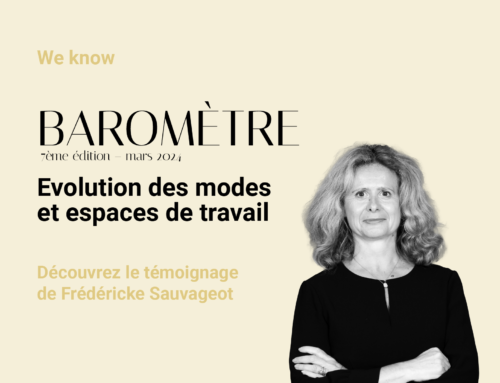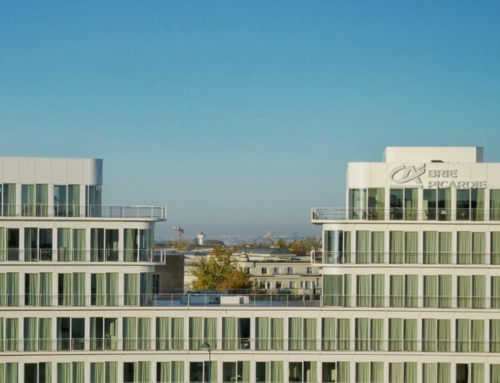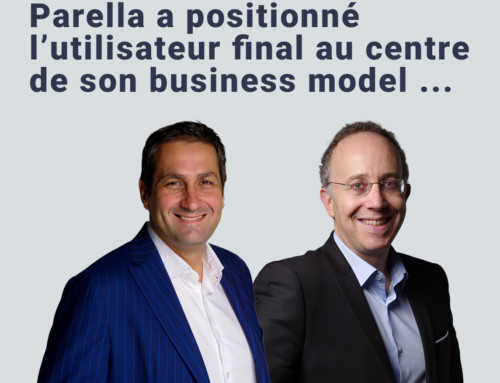Teleworking and hybrid working: how are our working environments changing?
On November 30, we invited real estate players to discover the results of this survey conducted by CSA Research for Parella at a round table organized with IDET. This survey of 300 managers and 500 employees looked at changes in working environments, as well as telecommuting and hybrid working.
Here is the feedback and learning from discussions with Bruno Deverre, Director of Real Estate & General Services at EGIS and Head of the IDET Real Estate Club, Grégory Rouca Director of Workplace Management at LVMH and Julie-Maud Godard Director of People and Transformation at Parella:
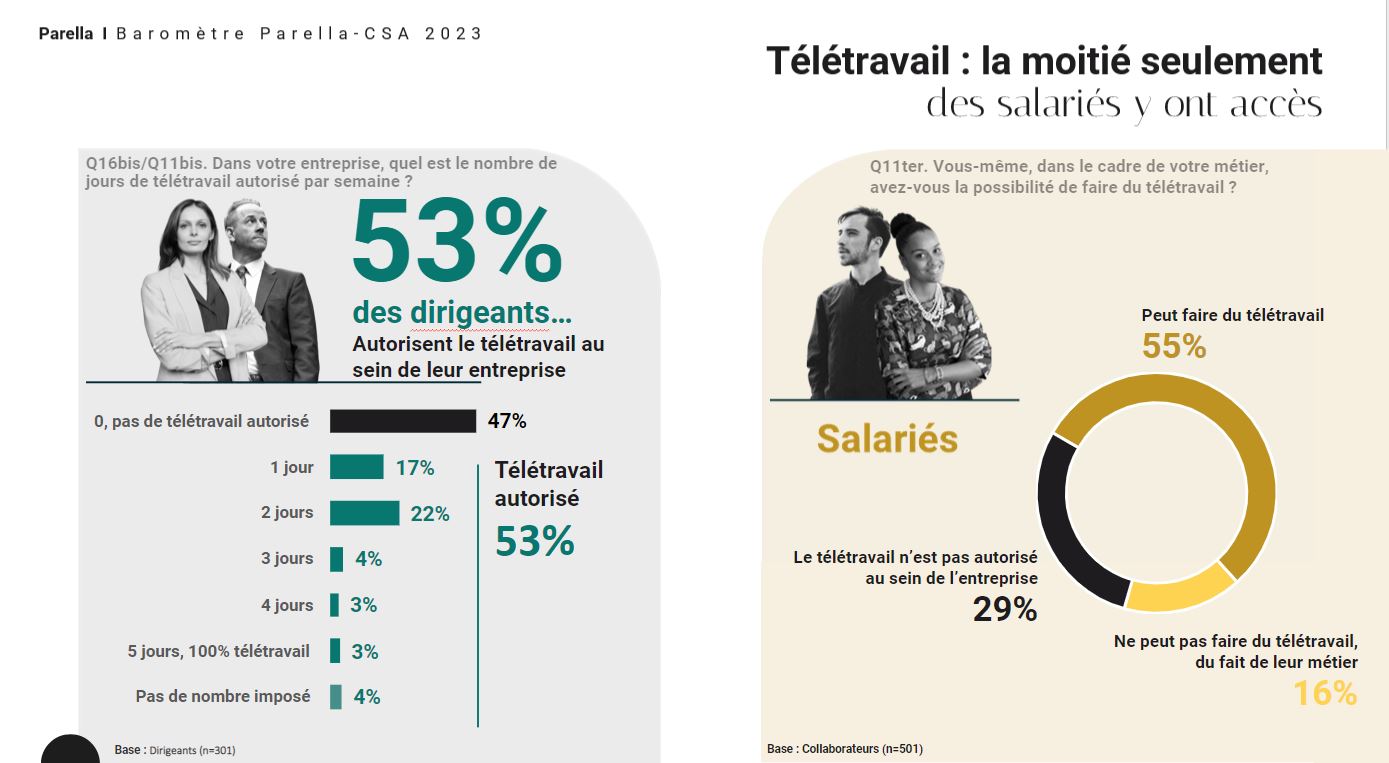
Telecommuting and hybrid working: a two-speed reality.
Three years after the health crisis, telecommuting is offered by 53% of managers and accessible to 55% of employees. Half of the population studied therefore has no access to teleworking.
The situation varies greatly according to location and company profile.
As far as managers are concerned, the study shows that only half (55%) are convinced of the benefits of teleworking, and for 44% of them, it has been imposed by pressure from employees or to keep pace with changes in the job market.
In the majority of cases, the number of authorized teleworking days and teleworking arrangements have not changed. In companies where things have changed, the number of days granted has tended to increase (36% of managers, 37% of employees), and teleworking arrangements have tended to become more flexible (34% of managers, 32% of employees).
What our guests have to say about telecommuting and hybrid working
At Egis, a new teleworking agreement agreement has been put in place, enabling employees toe benefitut up to 60% of their actual working time. This is, of course, subject to managerial approval. Each employee is free to choose the day he or she wants to work," explains Bruno Deverre.
However, it's important to note that not all jobs lend themselves to this. At Egis, for example, certain jobs require specific arrangements that cannot be found at home.
If a step backwards seems unthinkable, en France, labor laws and bureaucratic red tape can be scary and put the brakes on managerial innovation. For him, balance is achieved by analyzingant and adaptingant to meet changing needs.
For LVMH, teleworking was already in place pre-covid with 2 days a month. Post covid it has increased to 2 days a week. However, the offices are a great success, with a high attendance rate of 57 to 63% from Monday to Thursday, and up to 35% (higher than average) on Fridays.. Office attendance has hardly changed post-covid," explains Grégory Rouca.
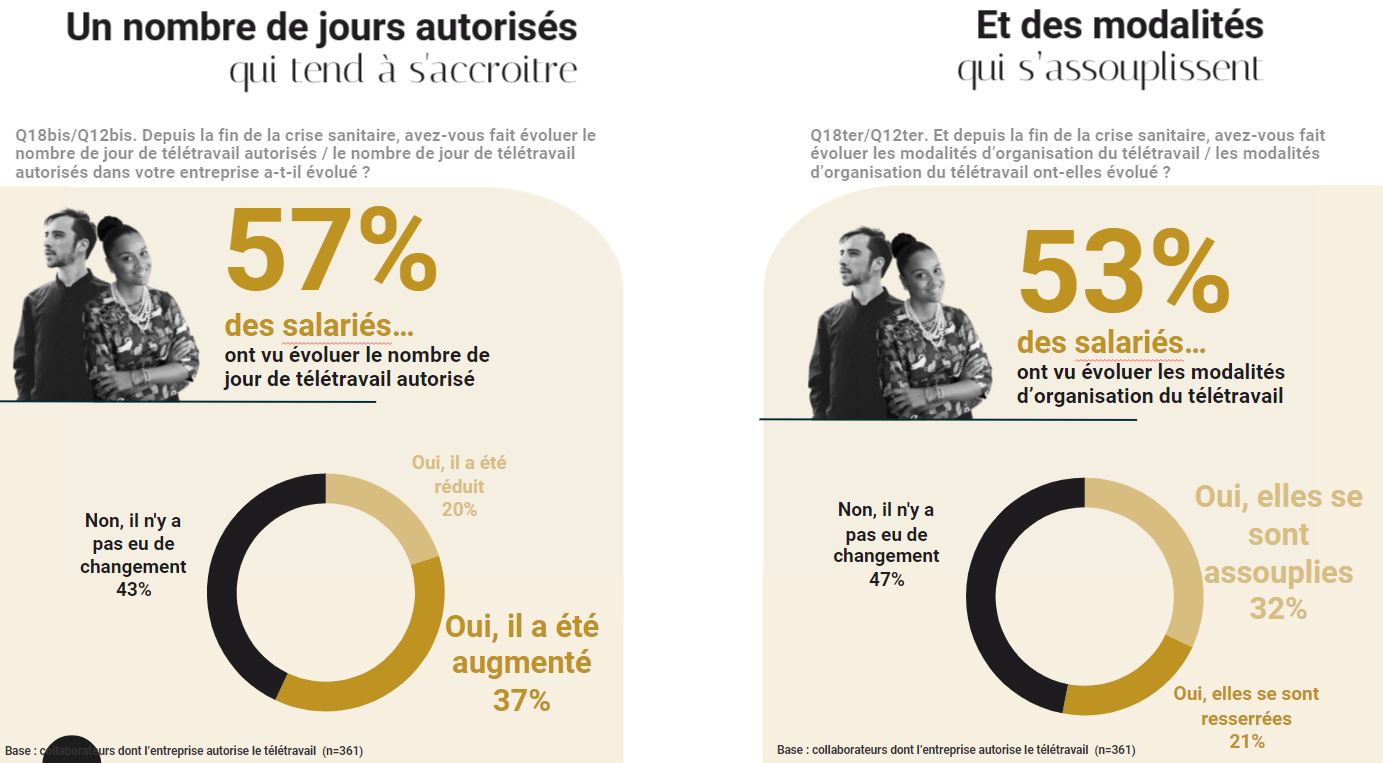
Flex-office appeals to employees because it encourages meetings and exchanges.
Often part of the hybrid work equation, the flex office is stable and concerns a quarter of employees, who still appreciate it (73%). A notable change compared to last year: the fact that it encourages people to get to know each other has become the main perceived advantage (36%, up 11 points), ahead of the freedom it offers.
What our guests have to say about telecommuting and hybrid working
At Egis, where the workforce is growing by 10% a year, spaces are gradually being transformed from workstation-style layouts to dynamic environments. dynamic environmentswhile maintaining team territories. This evolution is in line with the implementation of the hybrid model, but also with the project team mode of operation.
Bruno Deverre shares the importance ofof to the multiplication of bubbles, rooms and collective spaces. The role of the manager evolves with hybrid working, requiring support in this transition.
So, 6 months after the introduction of the flex office, 72% of employees responding to the internal survey said they were satisfied, despite initial reluctance.
At LVMHin the majority of houses, the flex office has not been implemented. Nevertheless diversification of spaces is proposed toadapter to new ways of working.
At one of their plants, which is experiencing strong growth in staff numbers, the company is considering a move to flexitime. flex for certain departments for which this this type of organization makes sense. This involves working out the rules of conviviality and telecommuting to find the most efficient system possible. But we also need to train managers and think in terms of digitalization, so that everyone knows who's there and who's not., when, and where to find a workstation.
This requires listening and adaptability. The project is developed with each manager, in order to understand his or her job, and the organization and uses of his or her team, so as to propose an efficient hybrid workspace that allows for all types of use: isolation, communication, collaboration, etc....
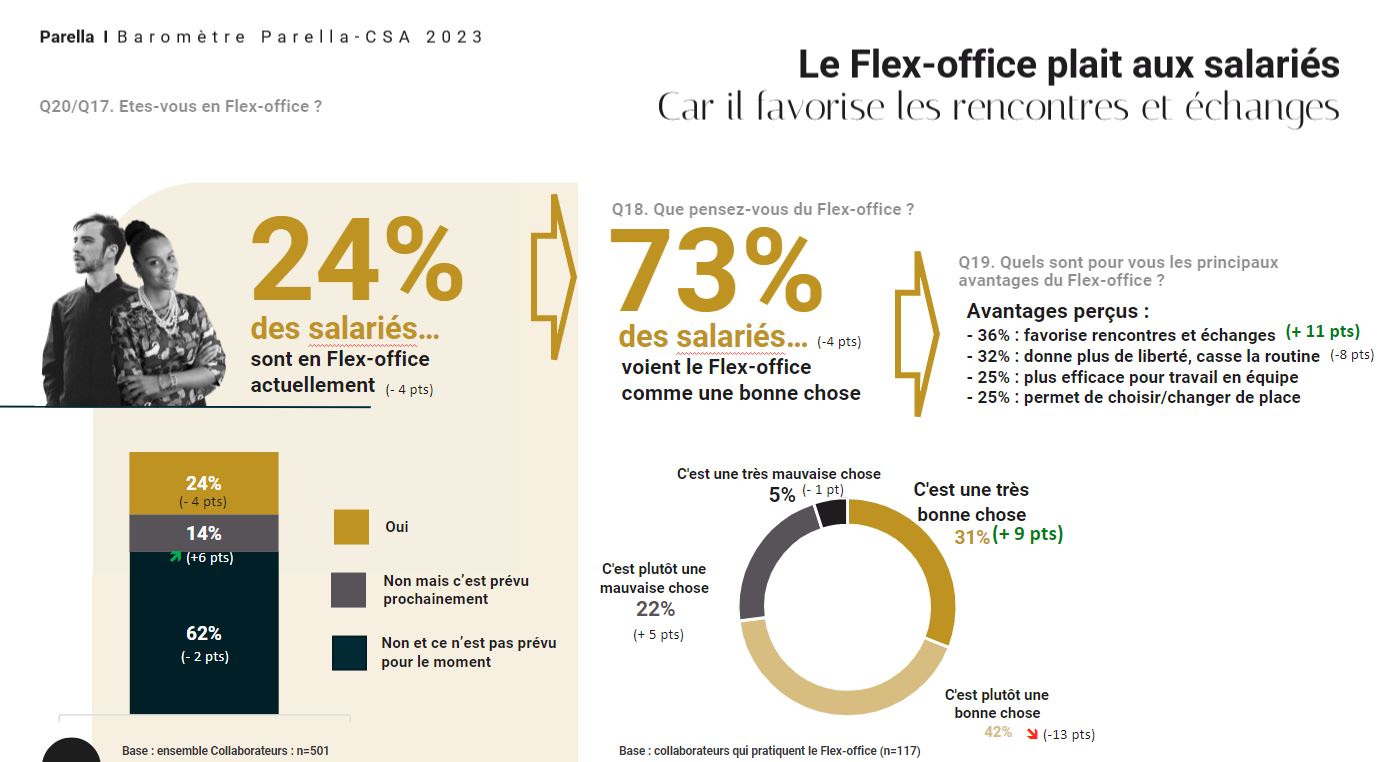
What impact will this have on commercial real estate?
Premises remain an important or even priority issue for 78% of managers. The location remains the major issue: it is perceived as a competitive advantage by 57% of managers, and is the priority criterion for 52% of managers and 54% of employees.
What our guests have to say about telecommuting
For LVMH, location is a central issue. The objective is to be at the heart of the retail but also production. Beyond thathere is a real question of attracting talent.
The same applies to Egis. With 18,000 employees worldwide, including 5,000 in France at 50 sites, plans to site consolidation projects to bring employees together and promote synergies.
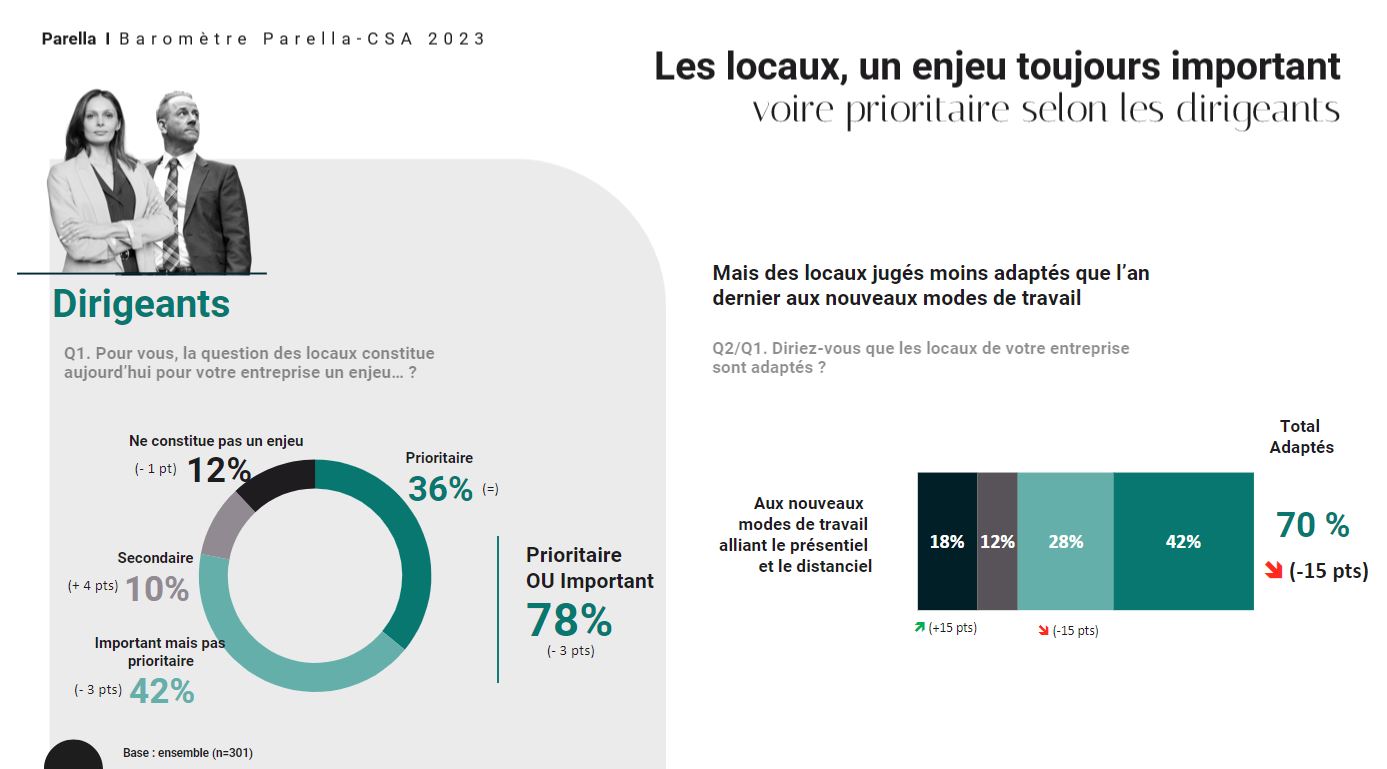
Workspace for the employee experience
Workspace remains a powerful lever of attraction (important or decisive criterion for 69% of employees) and retention (essential role in the desire to stay with the company for 79% of employees).
It also has an impact on the company's image, for 83% of employees, up 7 points. These workspaces must embody the brand: its activity and products on the one hand (for 45% of managers), but also its values and history (for 42% of managers). This aspect is also important for employees, but to a lesser extent.
If, like last year employees come to the office to see their colleagues (69% social link), this year they also come to work more efficiently (56%).
It's clear that it's the operational side of things that takes precedence with employees, who see the tools as the main challenge in implementing hybrid working. Managers are more balanced between tools, management methods and employee support..
Finally, both employees and managers recognize the need to invest in workspaces. Employees express higher expectations in terms of CSR, QWL and equipment.
What our guests have to say about telecommuting and hybrid working
At Egis, quality of space is a key to attract and retain and attracting talent.
Danyspaces are gradually being introduced too encourage social interaction, stimulate collective action, avoid silos. In particular, different types of furniture are being used to meet changing needs as the day progresses, and to offer new ways of being more efficient.
Bruno Deverre also shares the view that flexible models, allowingeto choose what suits them best (personality, need for exchange, etc.). contributing to a better employee experience.
Particular attention was paid to tools at LVMH. The aim was to facilitate and optimize hybrid working. Everything is done so that everyone can use the systems in place with a maximum of 2 clicks, without any particular technical skills..
When it comes to CSR, LVMH and Egis are both very vigilant. From re-use to waste sorting solutions, right through to waste dehydration systems in kitchens, CSR is a subject fully integrated into calls for tender.
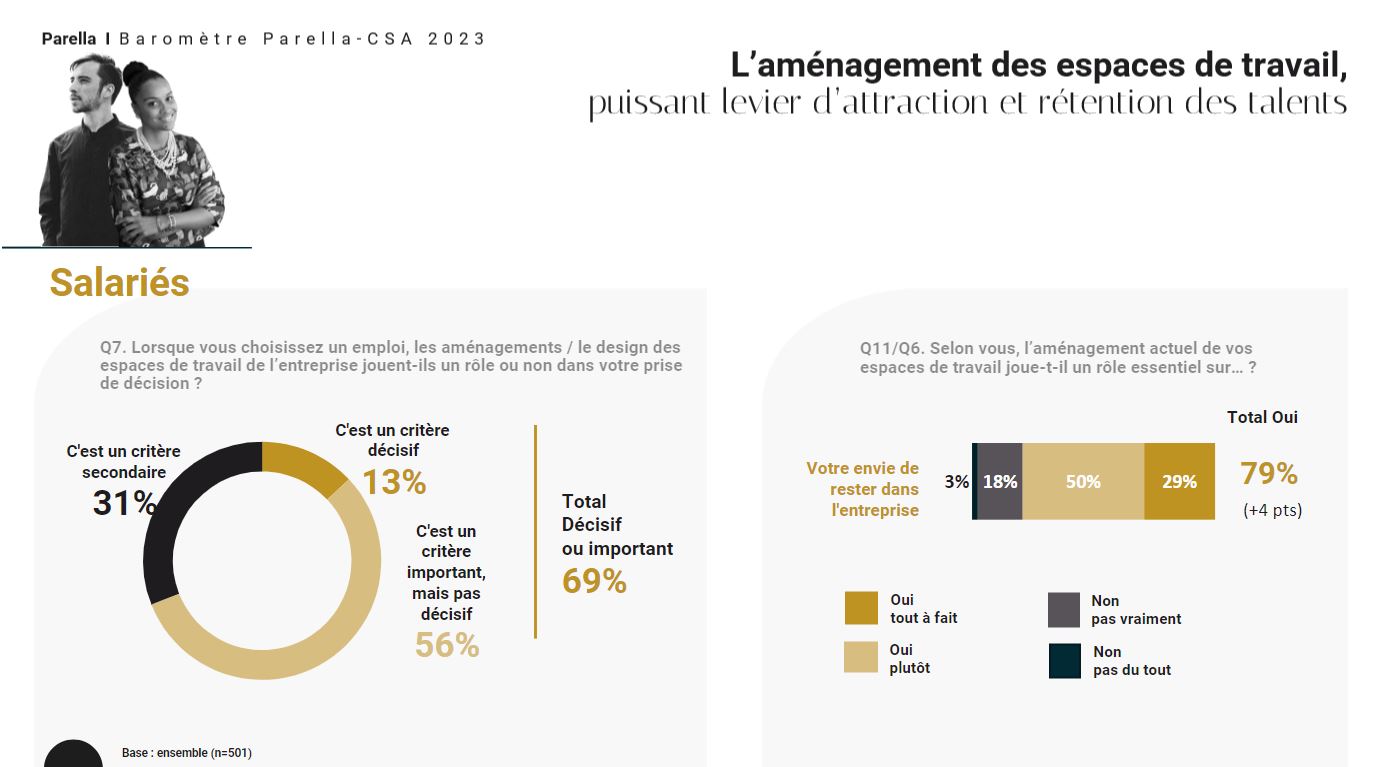
Support for real estate and environmental departments
To meet these many challenges, the real estate departments work hand in hand with the various departments.
At Egis, the real estate department is attached to the transformation department.
At LVMH, we're committed to communicating better internally about everything we do.

